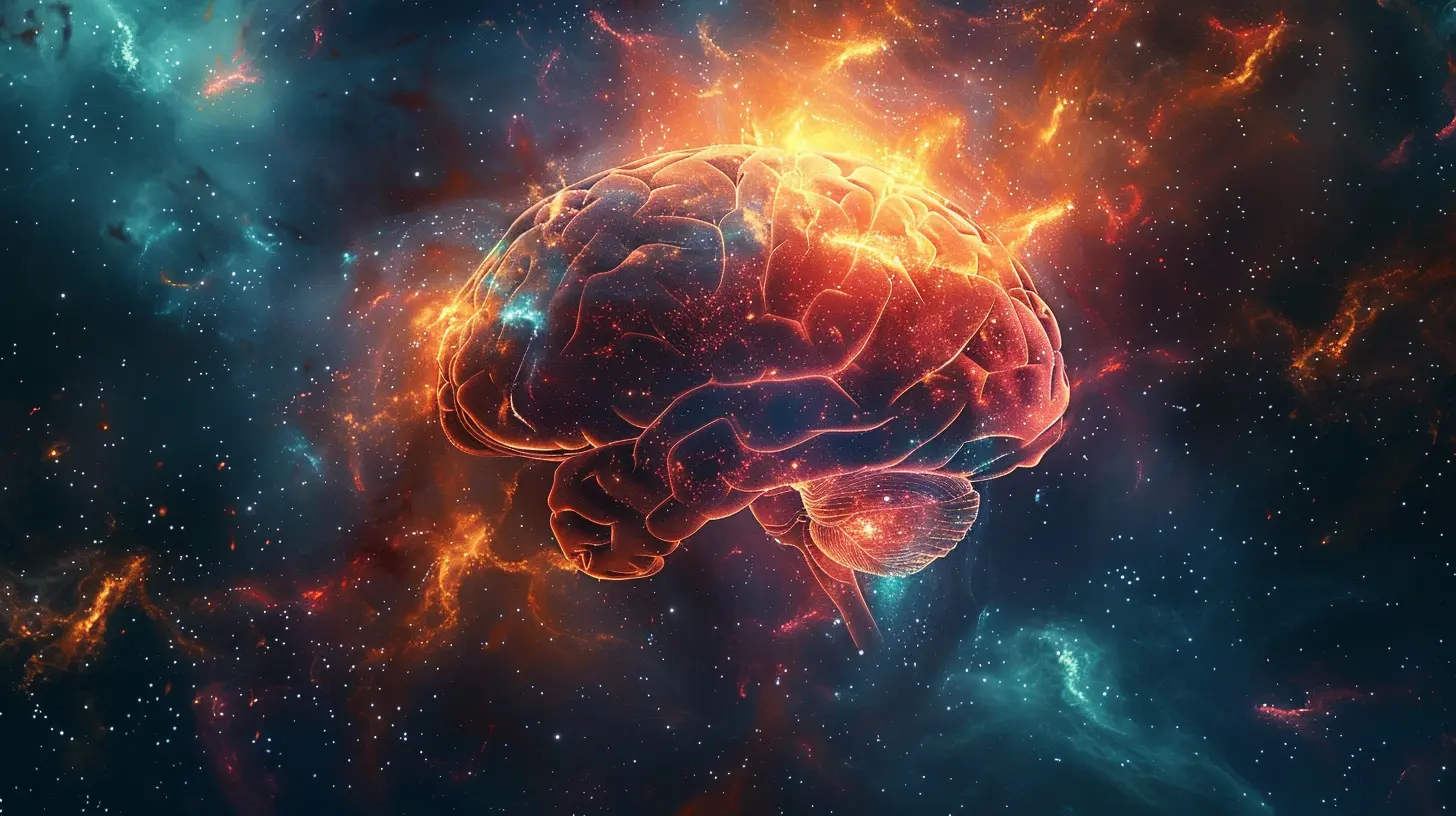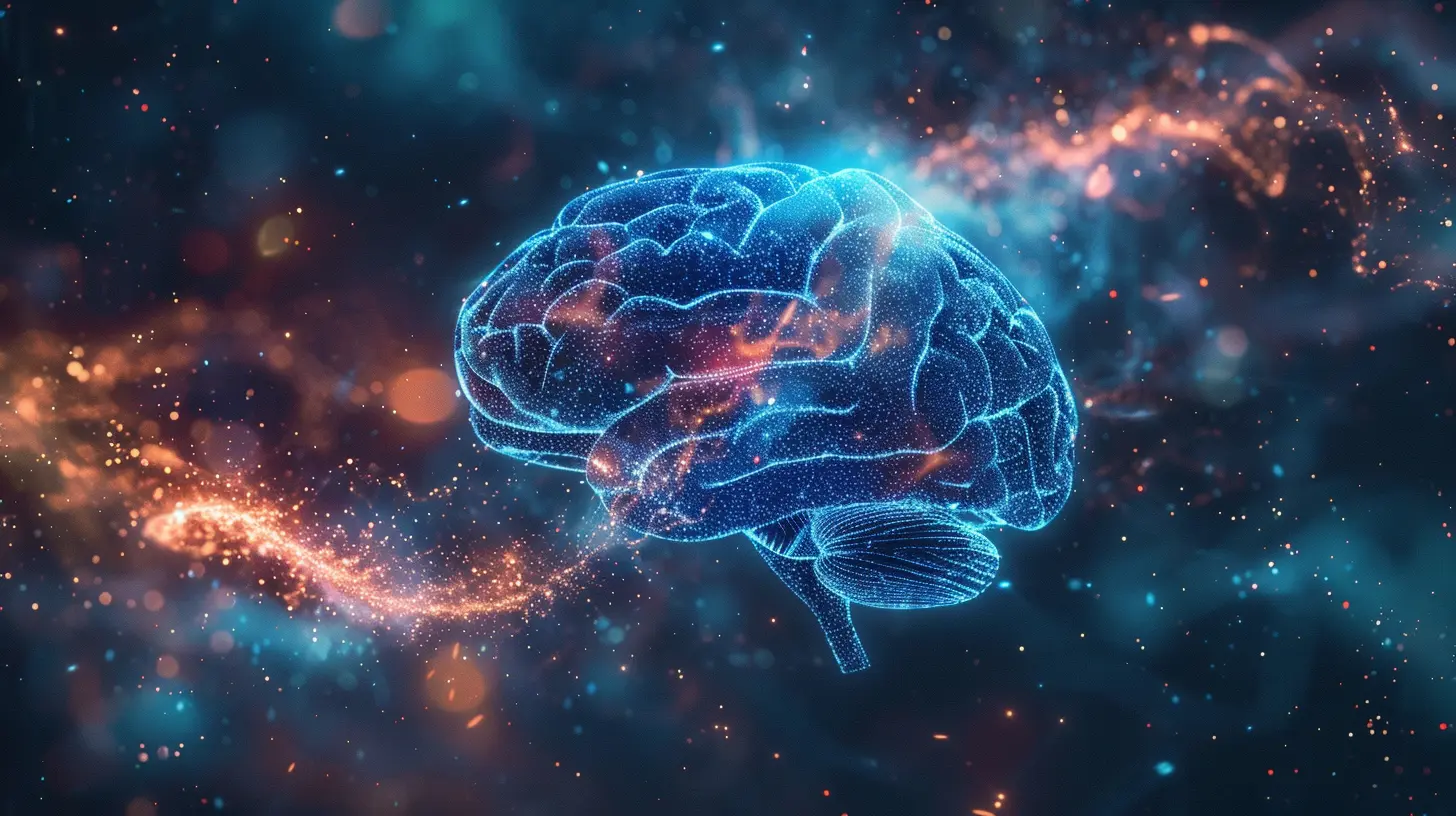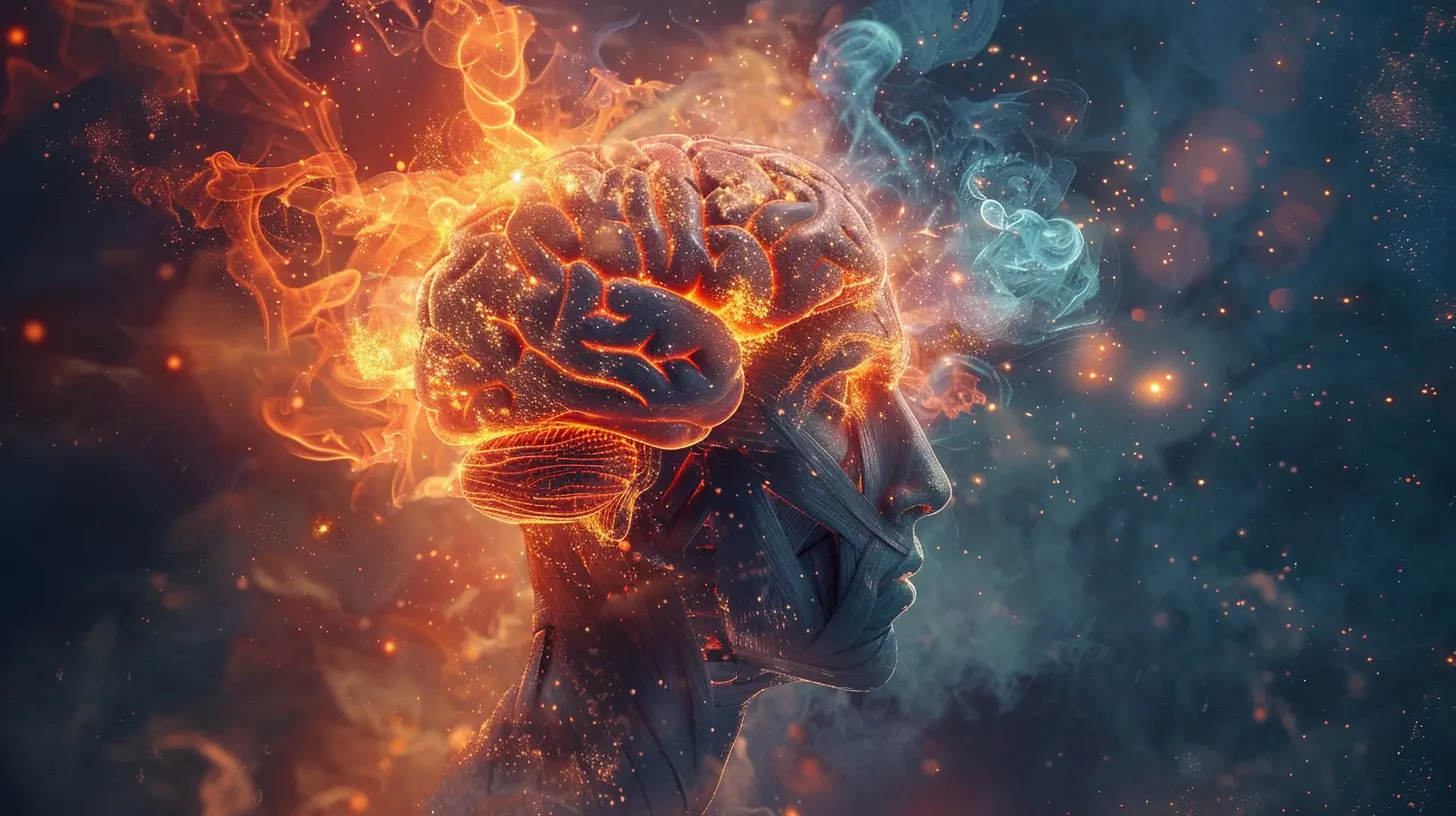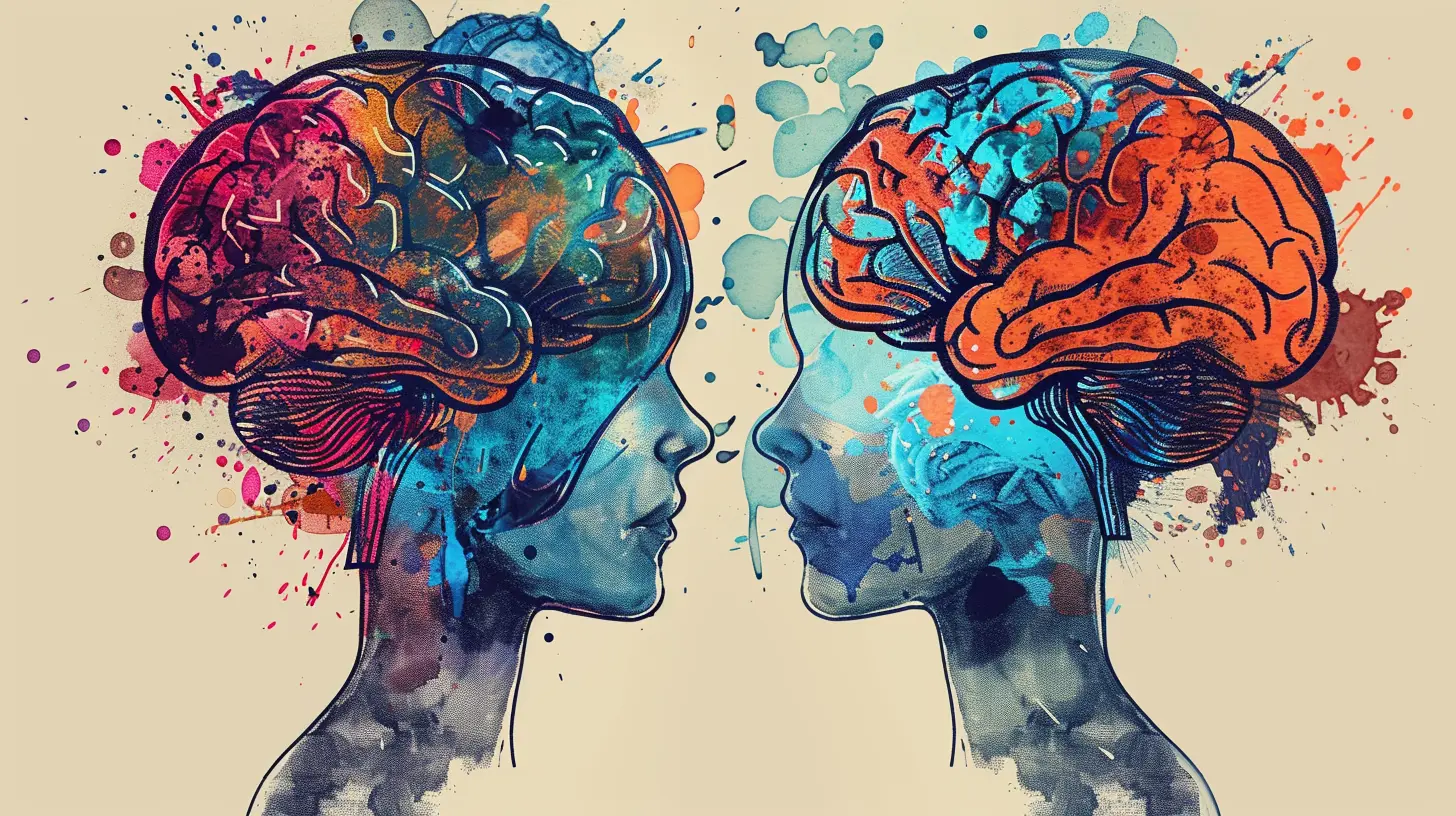How the Brain Forms Habits and How to Break Them
16 July 2025
Habits — we all have them. Some make our lives easier (like brushing our teeth), while others, let’s be honest, kind of mess things up (like doom-scrolling at midnight or grabbing that extra cookie... or five). But have you ever stopped to wonder why some actions seem to run on autopilot? Or why breaking a bad habit feels like wrestling a bear? Let’s dive into how the brain forms habits and — more importantly — how you can actually break them.
What Exactly Is a Habit?
Before we crack open the skull (figuratively, of course) and poke around the brain, let’s get one thing straight. A habit is basically a behavior that becomes automatic through repetition. You might not even think before doing it. It’s like your brain sets it on cruise control.Think of it this way: your brain is kind of lazy — in a smart way. It wants to save energy by automating repetitive tasks. That’s where habits come in. They reduce the amount of decision-making your brain has to do. Cool, right?
The Neuroscience of Habit Formation
Meet the Habit Loop: Cue, Routine, Reward
Psychologists and neuroscientists often describe habits using something called the "habit loop." It’s made up of three main components:1. Cue (or Trigger): This is what tells your brain to start the habit. It could be a time of day, an emotion, a place, or even another person.
2. Routine (the Behavior): This is the actual habit or action — the thing you do.
3. Reward: This is what your brain gets out of it. A feeling of pleasure, relief, satisfaction — something that makes your brain go, “Let’s do this again!”
Over time, this loop becomes more and more automatic. The reward reinforces the behavior, and your brain starts linking the cue and the routine so tightly that the reward almost becomes irrelevant.
The Basal Ganglia: The Habit Central
At the center of habit formation is a small part of the brain called the basal ganglia. It plays a major role in motor control, emotions, and, you guessed it — habits. When you repeat an action often enough, the basal ganglia takes over and starts handling it without conscious thought.Ever driven home on autopilot and realized you don’t remember the drive? That’s your basal ganglia doing the driving while your conscious brain zones out.
Dopamine: The Brain’s “Feel-Good” Messenger
Dopamine is another major player. This chemical gets released when something feels good — like eating chocolate, winning a game, or scrolling through social media. It tells your brain, “Hey, that was fun. Let’s do that again!” Over time, even the anticipation of the reward (not the actual reward) can trigger dopamine. That’s how strong this system is.
How Habits Get Cemented in the Brain
Here’s the kicker: the more you repeat a habit, the stronger the neural pathways become. It’s like hiking — the more you walk the same path, the more worn and easy it becomes.This is where myelination comes in. It’s the process of insulating those pathways in your brain so signals travel faster and more efficiently. So, yeah, your bad habit? It’s physically wired into your brain.
But don’t panic — that doesn’t mean it’s unchangeable.
Why Breaking a Habit Is So Freaking Hard
Let’s face it — breaking habits is hard. And there's a good reason why.1. Your Brain Hates Change
Our brains are built to favor the familiar. It’s a survival mechanism. The brain thinks, “Hey, this worked before. Let’s stick with it.” That’s why doing something new — even if it’s better for you — takes so much mental effort.2. The Cue Still Exists
Even when you try to break a habit, the cue doesn’t disappear. Let’s say your bad habit is snacking when you're bored. Just because you want to stop doesn’t mean you’ll stop getting bored — and boom, you’re elbow-deep in a bag of chips again.3. Withdrawal Symptoms Are Real
Whether it’s caffeine, nicotine, or even social media, breaking away from some habits can cause legitimate withdrawal symptoms. It’s not just mental — your body physically reacts.So, How Do You Break a Habit (Without Losing Your Mind)?
Now that we’ve looked inside the brain’s strategy manual, let’s talk about how to rewrite it.1. Identify the Habit Loop
Start by identifying your habit’s cue, routine, and reward. This means paying attention. What triggers the behavior? What exactly do you do? And what do you get out of it?Let’s break that down with an example:
- Cue: Feeling stressed after work
- Routine: Pouring a glass of wine
- Reward: Feeling relaxed or disconnected from the day
Once you know your loop, you can start disrupting it.
2. Replace, Don’t Erase
Trying to just stop a habit rarely works. A better option? Replace it with something else that gives you a similar reward.Using our earlier example, maybe instead of wine, you try a short walk, deep breathing, or stretching. You still get that release — just through a different routine.
3. Change the Cue
If certain places, people, or emotions trigger your habit, try changing your environment or routine.- Avoid keeping junk food in the house if you snack late at night.
- Set a reminder to go for a walk instead of scrolling Facebook.
- Use apps that block distracting websites during work hours.
Control the cue, and you take control of the loop.
4. Create Friction
Make the bad habit harder to do. Add steps, complications, or hurdles between you and that behavior.Want to stop wasting time on Instagram? Log out of the app and delete it from your home screen. That extra step might be enough to snap you out of autopilot.
On the flip side, make good habits easy. Want to start journaling? Keep your notebook beside your bed.
5. Be Patient With Yourself
Here’s the truth bomb: habits don’t change overnight. Some studies suggest it takes an average of 66 days to form (or break) a habit. So if you slip up, don’t freak out — that’s part of the process.Think of breaking a habit as reprogramming your brain. It takes time, intention, and a little bit of stubbornness.
Habits and Identity: Who Do You Want to Be?
One powerful way to break a habit is to line your new behavior with your identity.Instead of saying, “I want to stop smoking,” say, “I’m not a smoker.” It sounds subtle, but it’s a huge mental shift. You’re not just changing what you do — you’re changing who you believe you are.
Your brain pays attention to identity-based habits. If you see yourself as a healthy person, you’re more likely to act like one.
The Habit Rewiring Toolkit
Here’s a quick toolkit to help you rewire your brain:- ✅ Track your habits (use apps or journals)
- ✅ Celebrate small wins (every time you resist the urge, give yourself a mental high five)
- ✅ Find accountability (tell a friend or join a group)
- ✅ Visualize success (imagine how you’ll feel once the habit is gone)
- ✅ Don’t break the chain (do something every day, even if it’s tiny)
When to Get Professional Help
Some habits are deeply rooted in trauma, addiction, or mental health. If you’ve tried everything and still feel stuck, there’s no shame in seeking help from a therapist or counselor. Sometimes what looks like a bad habit is actually a coping mechanism — and those require a deeper dive.Final Thoughts: Small Steps, Big Change
The human brain is an amazing machine — capable of rewiring itself based on what we repeatedly do. That’s both comforting and challenging. But the truth is, every time you interrupt a bad habit, you weaken the loop. And every time you choose the new path, you pave the way for a better one.So be patient. Be kind to yourself. And remember: you’re not fighting your brain — you’re just teaching it a better way.
all images in this post were generated using AI tools
Category:
NeuroscienceAuthor:

Eliana Burton
Discussion
rate this article
1 comments
Winona Cantu
Great insights! Understanding habits is key to personal growth and positive change.
August 2, 2025 at 3:10 AM

Eliana Burton
Thank you! I'm glad you found the insights valuable. Understanding habits truly is essential for fostering personal growth.


